- News
- Reviews
- Bikes
- Accessories
- Accessories - misc
- Computer mounts
- Bags
- Bar ends
- Bike bags & cases
- Bottle cages
- Bottles
- Cameras
- Car racks
- Child seats
- Computers
- Glasses
- GPS units
- Helmets
- Lights - front
- Lights - rear
- Lights - sets
- Locks
- Mirrors
- Mudguards
- Racks
- Pumps & CO2 inflators
- Puncture kits
- Reflectives
- Smart watches
- Stands and racks
- Trailers
- Clothing
- Components
- Bar tape & grips
- Bottom brackets
- Brake & gear cables
- Brake & STI levers
- Brake pads & spares
- Brakes
- Cassettes & freewheels
- Chains
- Chainsets & chainrings
- Derailleurs - front
- Derailleurs - rear
- Forks
- Gear levers & shifters
- Groupsets
- Handlebars & extensions
- Headsets
- Hubs
- Inner tubes
- Pedals
- Quick releases & skewers
- Saddles
- Seatposts
- Stems
- Wheels
- Tyres
- Health, fitness and nutrition
- Tools and workshop
- Miscellaneous
- Cross country mountain bikes
- Tubeless valves
- Buyers Guides
- Features
- Forum
- Recommends
- Podcast
feature
 Do you really need a cycling jersey? March 2023
Do you really need a cycling jersey? March 2023Do you really need a cycling jersey? Everything you need to know about fabrics, fit, features and more
Cycling jerseys can help keep you comfortable on the bike, prevent sunburn and give you a place to comfortably store the things you need to carry. But what's wrong with just riding in a cotton t-shirt anyway?
Wearing a cycling jersey isn't just about the right look. A cycling jersey can help keep you warmer in cold weather and cooler in warm weather and generally more comfortable. Because they're shaped to fit right when you're riding, cycling jerseys help exclude drafts and keep the sun off.
Cut and shape
Cycling jerseys are cut long at the back and short at the front for on-bike comfort
Compared to a t-shirt, a cycling jersey usually has a longer back, shorter front, higher neck and sleeves shaped to fit when you're reaching for the handlebars.
There's a lot of variation in how closely a cycling jersey fits. Some are very close, especially if they're intended for racing. You don't want excess fabric flapping in the breeze if you're trying to go as fast as possible. This is usually called something like 'race cut'.
Other cycling jerseys are looser and more flattering if you're not a racing snake. Look out for 'sport', 'city' or 'casual' designations.
Sizing
One manufacturer's size L cycling jerseys will not be the same as another's, so try before you buy if at all possible. As a rule of thumb, Italian manufacturers tend to come up small, American-based manufacturers tend to be more generous.
Here comes the sun
Cycling jerseys fabrics vary in how effectively they block the sun. Some manufacturers provide an Sun Protection Factor (SPF) rating like that of sun cream to indicate how well they work. Look for high SPF ratings if you're riding in bright sunshine.

In early 2014 Chris Froome's girlfriend Michelle Cound tweeted this image of the sunburn Froome sustained training in a mesh jersey
Some very light fabrics provide little or no protection against the sun as Sky rider Chris Froome discovered while training in South Africa early in 2014. If you're wearing a light mesh or open-weave cycling jersey, wear sunscreen underneath.
Long v short sleeves
Long sleeves are for winter, short sleeves for summer. Except it's not quite that simple. Very lightweight long-sleeve cycling jerseys are good for pale-skinned riders in summer as they provide an extra layer of sun protection.
However, you'll usually find long-sleeved cycling jerseys are made from thicker, warmer fabric than short-sleeved, to keep you warm in cold weather.
Fabric
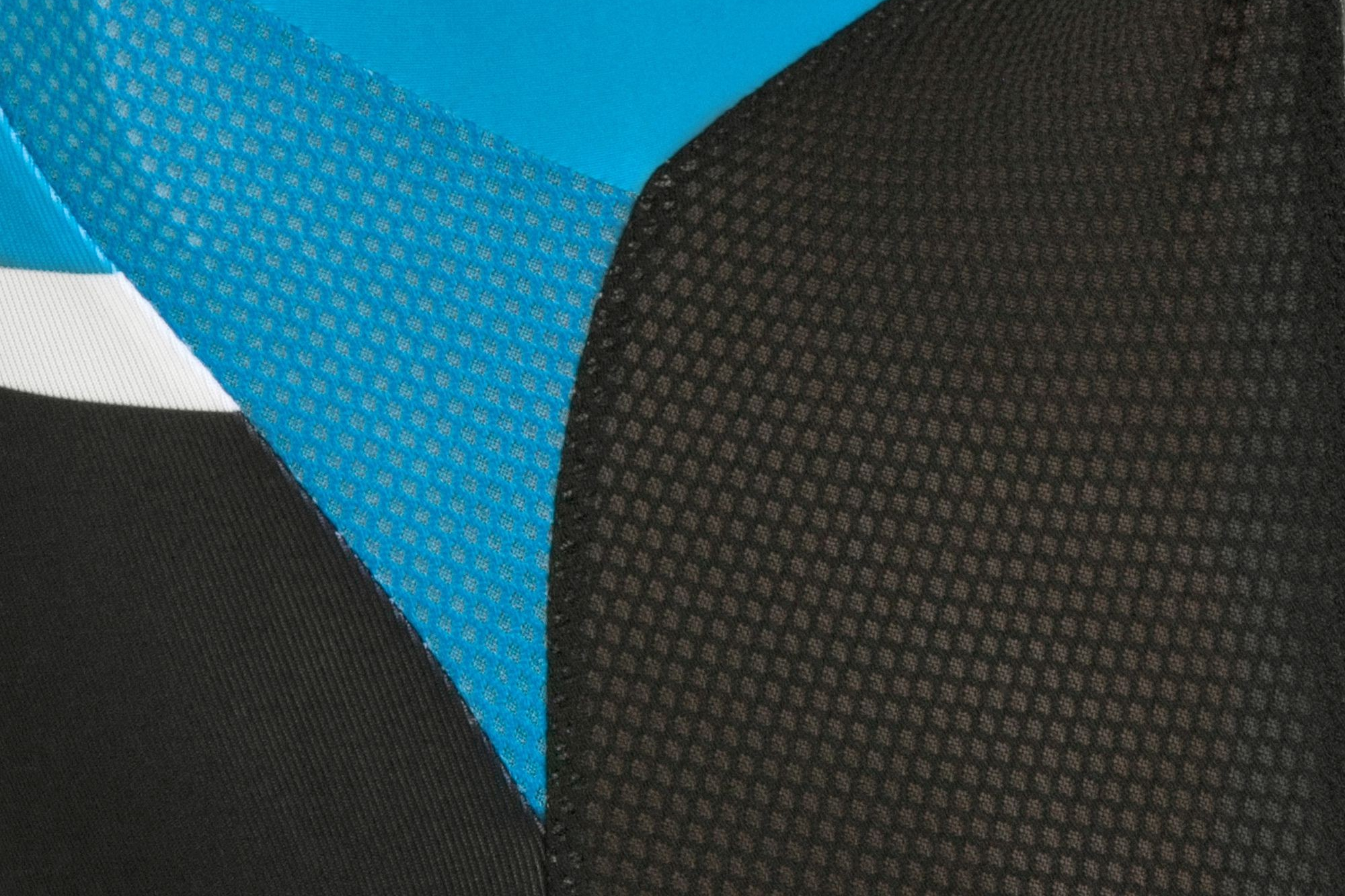
Many cycling jerseys use different fabrics in different areas, such as more breathable mesh under the armpits
Most cycling jerseys are made of some sort of synthetic fabric that's designed to quickly carry sweat away from your skin so it can evaporate from the outside of the jersey.
This is where cycling jerseys really beat your cotton t-shirt. Cotton soaks up moisture and retains it next to your skin. That water cools down in the breeze and makes you feel chilly unless the weather is very hot. Even then, it can still leave you too cold when you stop riding.
By moving sweat away from your skin, then, jersey fabrics help maintain a constant temperature.
One natural material that works well in cycling jerseys is wool, especially fine Merino wool. Wool is still warm when it's wet, but surprisingly comfortable in warm weather too. Pong-causing bacteria grows far more slowly on wool than on synthetics, so a wool jersey can be worn multiple times between washes before it gets smelly. That makes wool popular with commuting cyclists who don't want to have to wash a bunch of cycling jerseys every week.
Synthetic cycling jerseys fabrics deal with the pong problem by coating the fibres so that bacteria can't take hold. Repeated washing gradually removes this coating, so synthetic cycling jerseys tend to get smellier more quickly as they get older. Eventually their ability to resist getting whiffy will be so poor that your loved ones won't want you in the house straight after a ride. That's a clue you need to buy a new cycling jersey.
Pockets
The classic trio of rear pockets
Standard cycling jerseys have open-topped three pockets at the back for your wallet, keys, snacks and so on. You might think things could fall out of them, but in practice they're deep enough this isn't a problem, and there's usually a band of elasticated fabric across the top which also helps.
An extra pocket for valuables
Many cycling jerseys manufacturer have introduced variants on the traditional trio of pockets. It's common to find a small zipped pocket for keys and change, or a pocket with a waterproof lining for your phone. The three may also be different widths, with a narrower pocket to stash a mini pump.
Zips
Cycling jerseys almost universally have zips. Short zips look tidy, but you might want more ventilation if you're going to ride in warm weather.
A hidden zip
More commonly, the zip will extend to about the middle of the jersey front or right to the bottom so you can open it for ventilation when it's warm.
At the top of the zip, look out for a small flap of fabric that will cover the zip pull when it's done up. Amusingly called a 'zip garage' this stops the zip irritating your neck or getting caught in your beard.
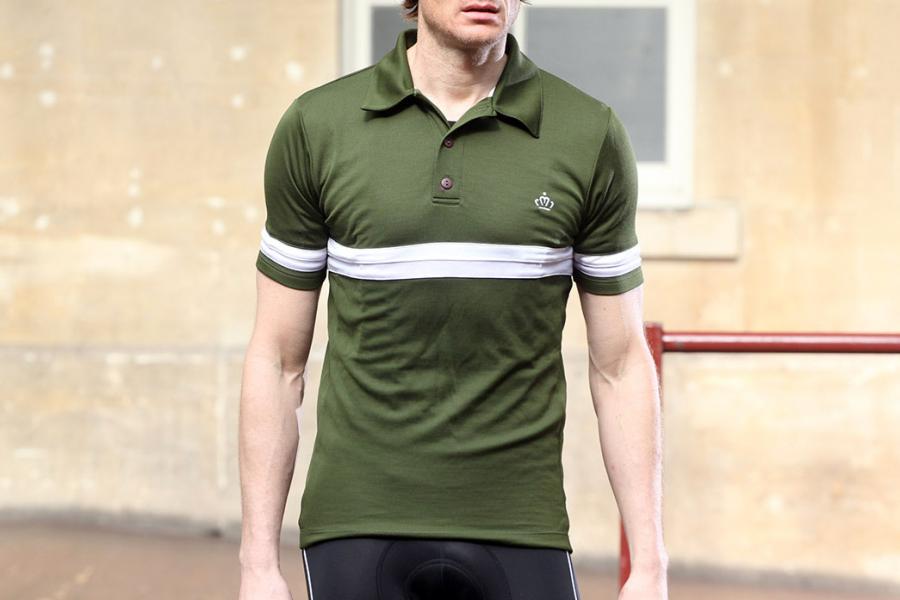
Retro cycling jerseys sometimes have buttons and collars, evoking the style of 1950s cycling
That's about it, hopefully you're now more clued up on why cycling-specific jerseys are well worth buying and what type you want. To see your options, check out our buyer's guides on various types of jersey to cover all seasons:
Best summer cycling jerseys
Best winter cycling jerseys
Best cheap cycling jerseys
Best wet weather jerseys
John has been writing about bikes and cycling for over 30 years since discovering that people were mug enough to pay him for it rather than expecting him to do an honest day's work.
He was heavily involved in the mountain bike boom of the late 1980s as a racer, team manager and race promoter, and that led to writing for Mountain Biking UK magazine shortly after its inception. He got the gig by phoning up the editor and telling him the magazine was rubbish and he could do better. Rather than telling him to get lost, MBUK editor Tym Manley called John’s bluff and the rest is history.
Since then he has worked on MTB Pro magazine and was editor of Maximum Mountain Bike and Australian Mountain Bike magazines, before switching to the web in 2000 to work for CyclingNews.com. Along with road.cc founder Tony Farrelly, John was on the launch team for BikeRadar.com and subsequently became editor in chief of Future Publishing’s group of cycling magazines and websites, including Cycling Plus, MBUK, What Mountain Bike and Procycling.
John has also written for Cyclist magazine, edited the BikeMagic website and was founding editor of TotalWomensCycling.com before handing over to someone far more representative of the site's main audience.
He joined road.cc in 2013. He lives in Cambridge where the lack of hills is more than made up for by the headwinds.
Latest Comments
- GravelIsNothingNew 1 sec ago
Ooh pretty colours put the price up. A radical new retail tactic. ...I'm shocked. LOL.
- Pub bike 1 hour 50 min ago
Also in Richmond, Richmond Park is a prime example of where cyclists are discriminated against and marginalised....
- David9694 3 hours 52 sec ago
A363 Bradford on Avon: 'Five cars' crash near golf club...
- stevemaiden 3 hours 1 min ago
The key really is headwind/drag not terrain. It just so happens that climbing speeds are lower so there is often less drag so less extra power is...
- Rendel Harris 3 hours 14 min ago
Same here, the judge can rule that the defendant should go to trial on a more serious charge even if prosecutors are prepared to accept a guilty...
- dubwise 4 hours 1 min ago
And numerous other cases where pedestrians have been killed by oh so innocent drivers.
- Slartibartfast 4 hours 13 min ago
The street in the York letter is at the end of my road and it is, as the writer says, abysmal. Slalom of parked cars and then drivers ignoring the...
- Rendel Harris 4 hours 24 min ago
But wasn't Eurosport always part of the the Sky TV package? I think even if you didn't subscribe to Sky Sports it came as part of the basic deal,...
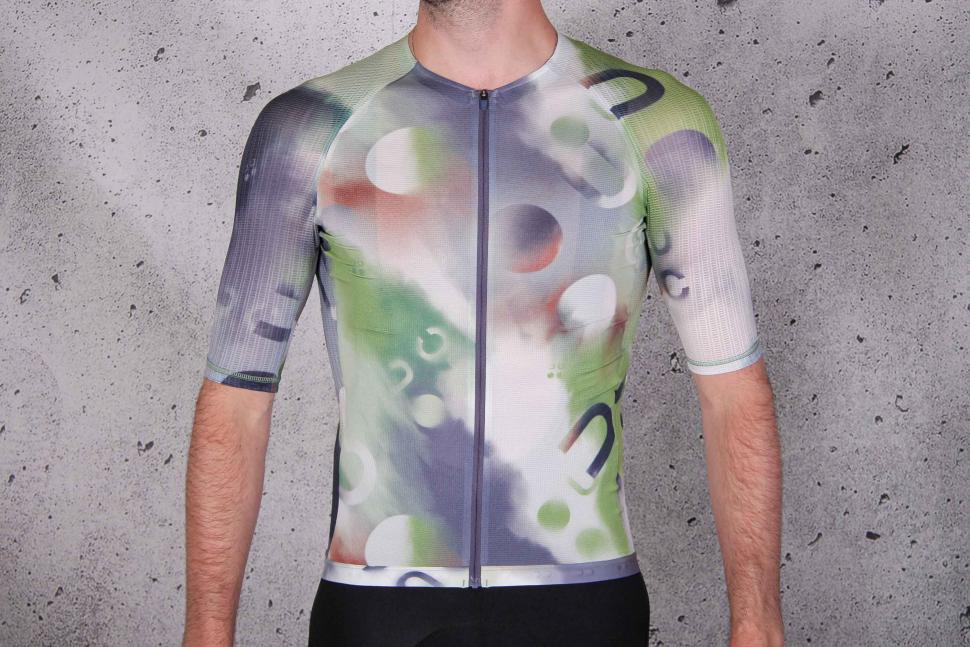
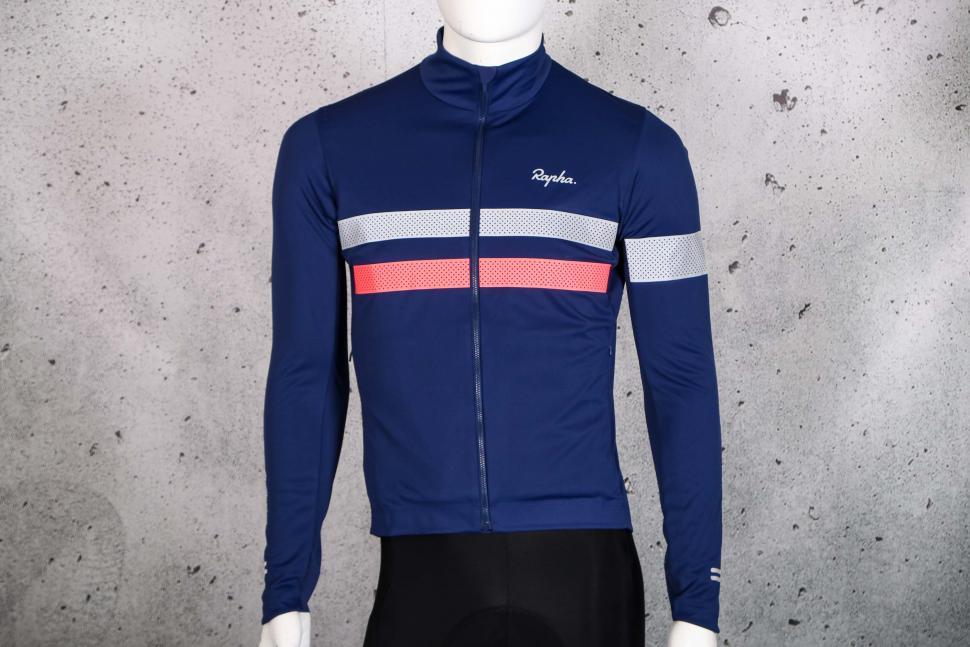

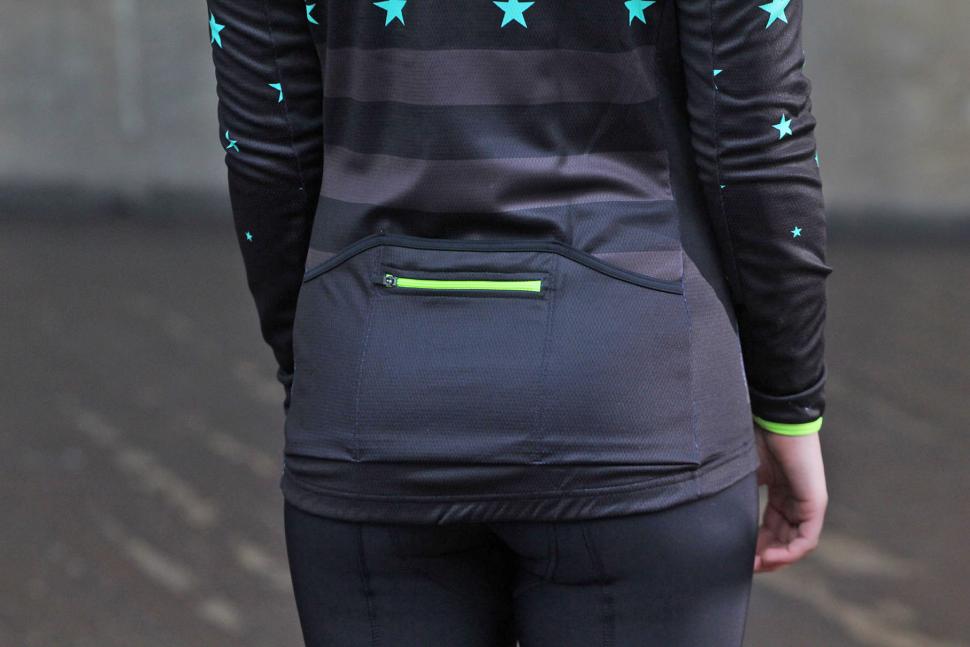
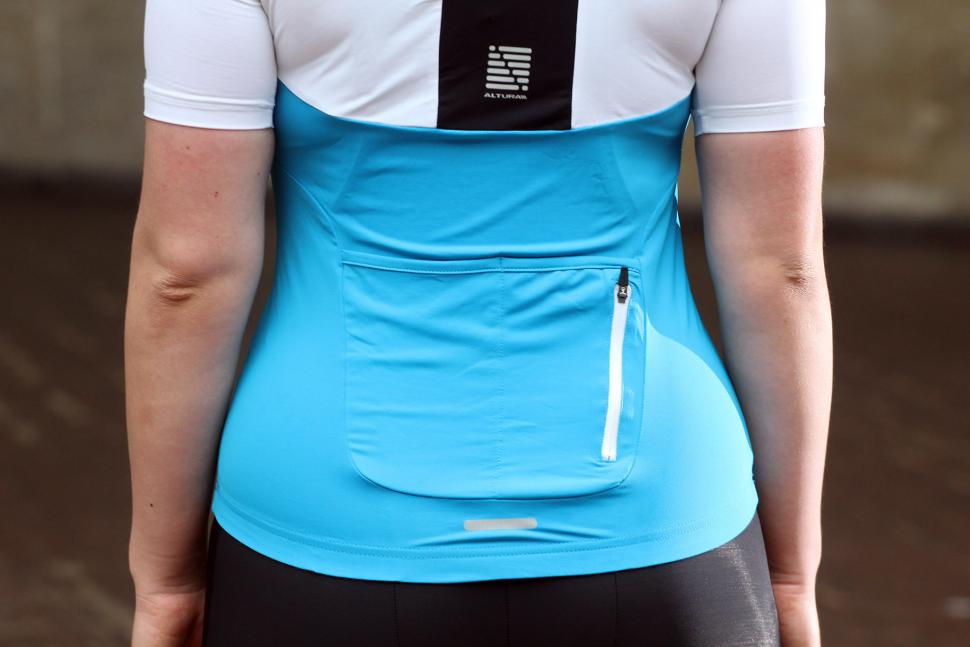
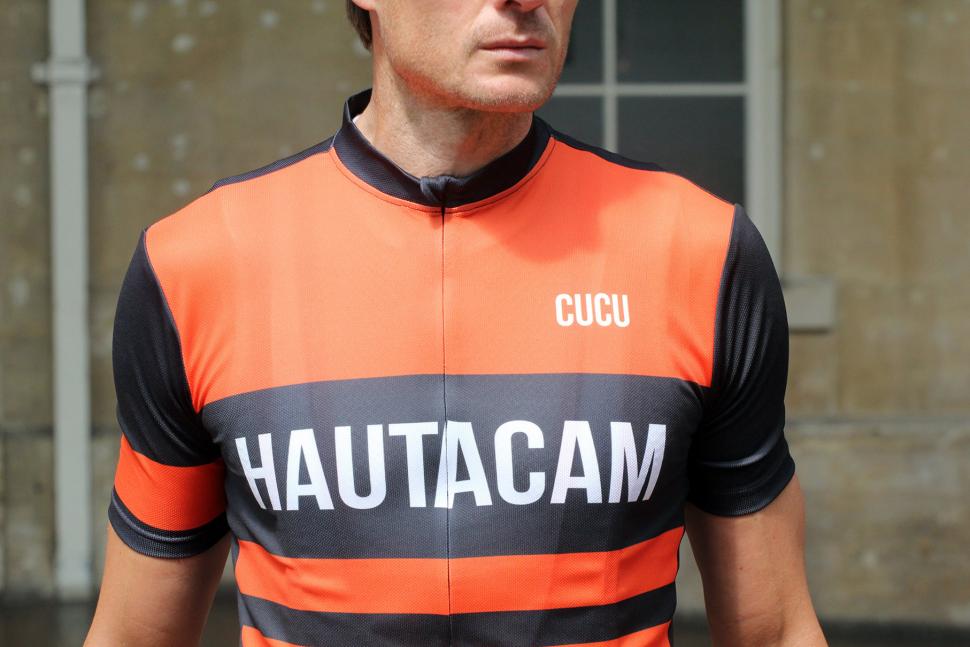
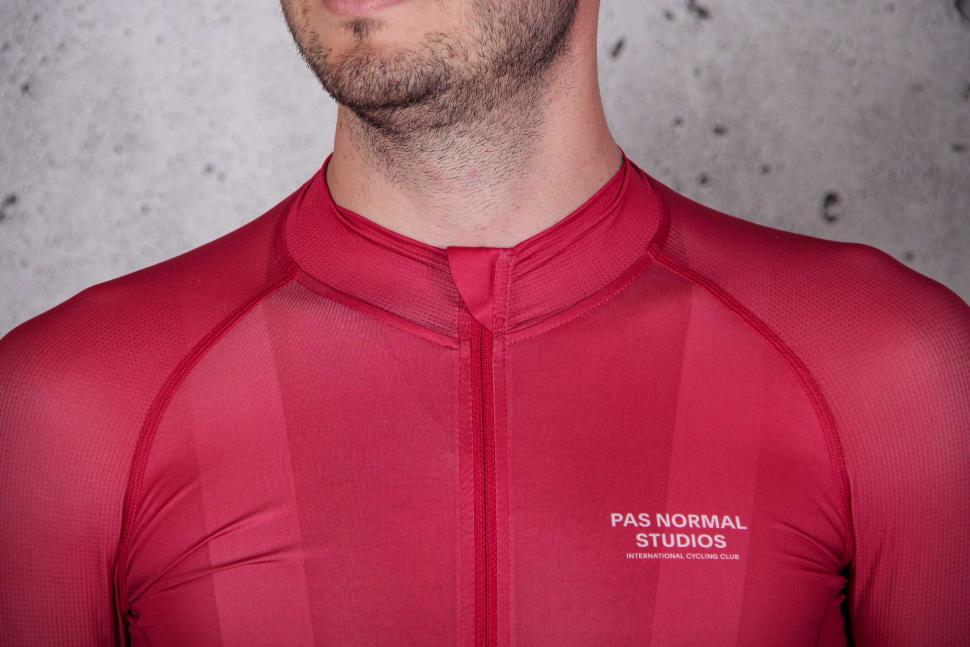
Add new comment
5 comments
On retro jerseys, the really old school 50s and earlier jerseys with the 2 front-pockets are surprisingly useful. They date from when riders rode largely unsupported, and they disappeared when team cars and support became normal. Most of us ride unsupported though.... Those 2 front pockets are very useful for things like food.
I always want a collar, for sun protection. Sun cream rubs off/soaks into the collar at the neckline, or if it's the good stuff that stays on all day it stains the fabric. I guess the "no collar" thing is an aero thing, but what about the non-competitive cyclist with other priorities?
I wear one of these. Look less of a plonker than you'd first think and it doesn't flap around either.
https://store.haloheadband.com/Halo-Solar-Skull-Cap-Tail-p/msol.htm
Why not offer a model with both a tail and a visor though...
If this article had been titled something like "Why you might want a cycling jersey" I might agree with it. But as someone who has been cycling for over 45 years, with up to 100+ miles a day on occasion, and has never owned a cycling-specific jersey, I'm going to have to say "no". Apart from anything else a lot of my riding has been daily commuting, and trying to have a clean top for every day would have bankrupted me!
I'm not saying they don't have benefits, but they are most definitely not a necessity.